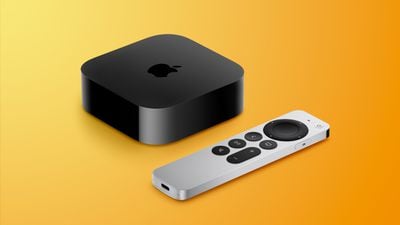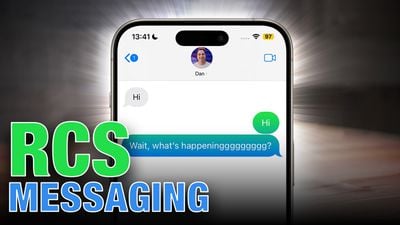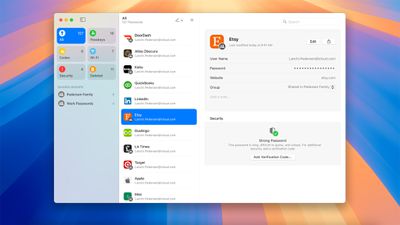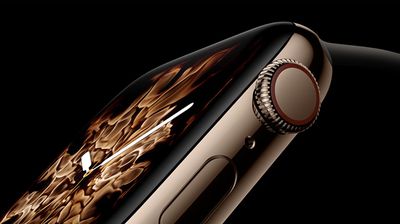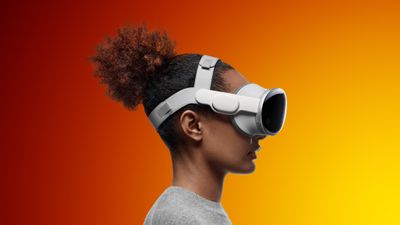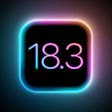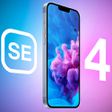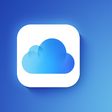Apple and Canon today announced the development of a new mirrorless camera lens designed to capture spatial video for the Vision Pro headset.

Canon's RF-S7.8mm F4 STM DUAL lens is specifically intended to capture spatial video content, tailored for use with Apple's Vision Pro headset. The new lens is designed for the Canon EOS R7 camera and features dual optics, mimicking the human field of view.
The RF-S7.8mm F4 STM DUAL lens features a high-speed autofocus mechanism, ensuring that even in challenging lighting conditions, videographers can capture clear spatial video. After recording, the footage can be processed using Canon's EOS VR Utility app, which transforms the video into spatial content optimized for the Vision Pro.
The announcement marks a significant step in the effort to create more content for the Vision Pro. The RF-S7.8mm F4 STM DUAL lens is set to be available later this fall, with pricing details yet to be announced.



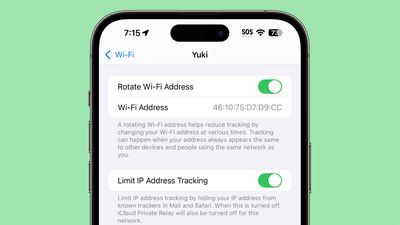

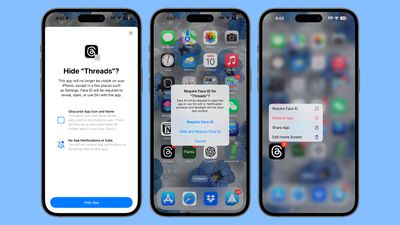

 Screenshot:
Screenshot: 
